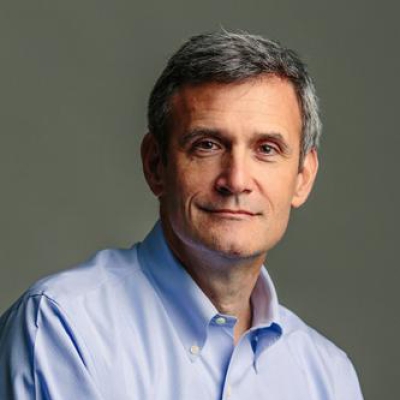Teachers don’t agree on much. Ask about curriculum, pedagogy, school culture, or discipline and you’re likely to encounter deeply held and conflicting opinions. But if there’s one belief that unites nearly all of the nation’s three million teachers, it’s this: Professional development sucks.
Indeed, before diving into this report from New America, I posted a note on Facebook asking my educator friends to play a game of word association. The phrase “professional development” quickly generated dozens of responses, including “Pay hike scheme,” “Waste of time,” “Nightmare suckfest run by non-teachers,” “Paid to drink the district Kool-Aid,” and simply “Kill me now.” One response summarized K–12’s relationship with professional development perfectly: “Generally crap. Could be awesome.”
So we agree that it’s generally crap, yet we lavish time and money on it hoping that it will be awesome. Our faith is largely misplaced: Despite an estimated $18 billion spent on PD per year, little evidence exists linking any of it to consistently effective improvement in teacher practices or student outcomes. Enter Melissa Tooley and Kaylan Connally, the authors of this report, who note that it makes no sense to bemoan the execrable state of PD until or unless there is agreement on what it’s for, “Just as diagnosing a health issue is the first step toward treating it.”
The paper identifies several obstacles to effective PD, not the least of which is the lack of a shared vision of what excellent teaching entails. “Despite several efforts within the U.S. to establish a common vision of good teaching practice, a clear, shared vision has remained elusive,” Tooley and Connally note. “But without it, the field lacks a consistent way to even talk about effective teaching, let alone identify development needs.” Another key factor is the failure to include evaluation of teacher PD needs as part of the process of certifying school leaders. “States have generally set a low bar for gaining initial certification as a school administrator that does not require any demonstration of competency as an instructional leader for teachers,” they note.
Along the way, the report also manages to smartly address some standard PD shibboleths, most notably the idea that the best PD is that which teachers choose and direct themselves. That sounds smart and intuitive, but putting teachers in charge of their own professional development runs counter to some key lessons of cognitive science; teachers may not have the data or skills to evaluate where their practice is strong and where they need help. “This is not a specific criticism of educators,” the pair note. “Research indicates that humans, regardless of profession, are inherently not good at knowing what they do not know.”
Finally, the paper also looks at PD through the lens of the professional culture of schools. This is the part that will have teachers nodding knowingly (or ruefully). “Many educators view current development efforts as something to be quietly tolerated so they can get back to their ‘real work’ of teaching students,” they note—a polite translation of the comments I received on Facebook. Other schools are marked by an “egg-crate culture” in which teachers work in isolation rather than collaboratively. More pointedly, the authors cite inflated evaluations given to teachers, which leads to what they dub a “Lake Wobegon” culture where everyone is above average and PD lacks urgency as a result. Alternatively, schools can fall into the trap of having a “complacency culture” where the word improvement is stigmatized “and seen as something one must work toward only if one is a poor performer.”
In sum, the report builds on the findings of TNTP’s groundbreaking report The Mirage, which the authors cite generously. But the biggest takeaway is surely what they describe as “the critical need for a common theory of action and associated PD pathway around which all actors can coalesce.” It can hardly be overstated. We can’t take meaningful steps to improve our performance until we agree on exactly what game we’re playing.
SOURCE: Melissa Tooley and Kaylan Connally, “No Panacea: Diagnosing What Ails Teacher Professional Development Before Reaching for Remedies,” New America (June 2016).
